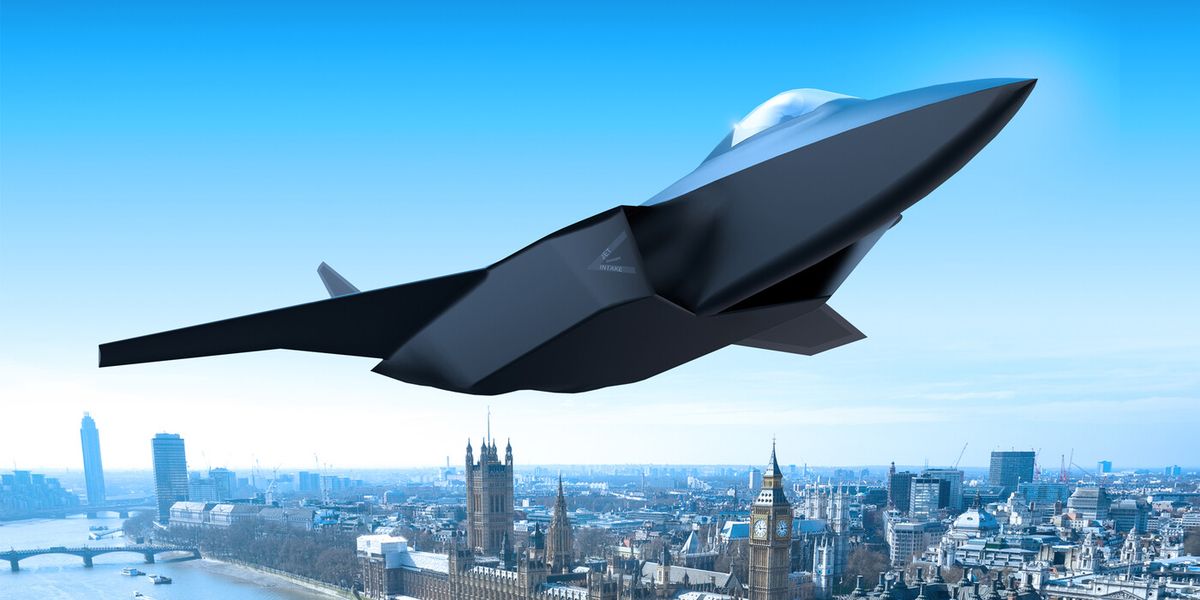red admiral
ACCESS: Top Secret
- Joined
- 16 September 2006
- Messages
- 1,476
- Reaction score
- 1,557
AESA / PESA advantages over m-scan in those regards are theoretical advantages. It's really difficult to know what modes have actually been used on what radar at what time and whether one is more effective than the other.But that constrained view is to ignore all the other advantages the AESA principle offers in terms of agility and ECCM.
From the RAND paper, the main thing the US was seeking details on Japan's AESA programme was to reduce TRM production cost. But they couldn't exploit how Japan was making TRMs cheaper because a) it was business processes rather than technology, and b) it was really difficult to work out whether they were actually cheaper after all.



